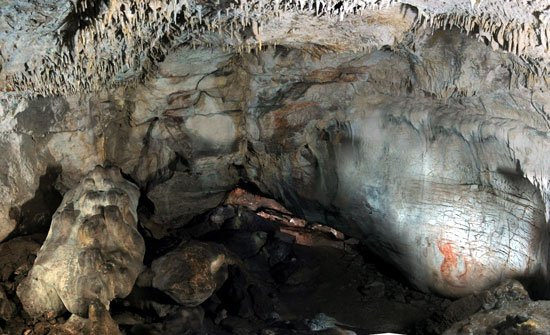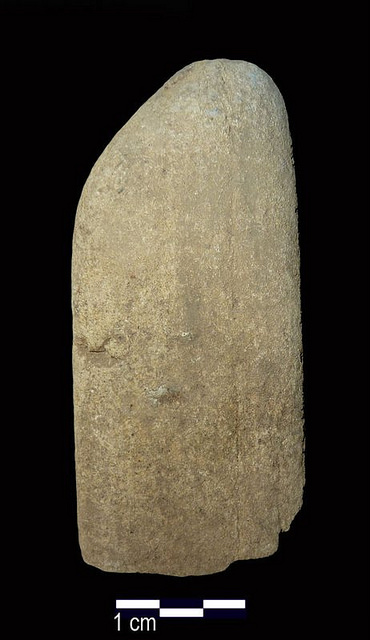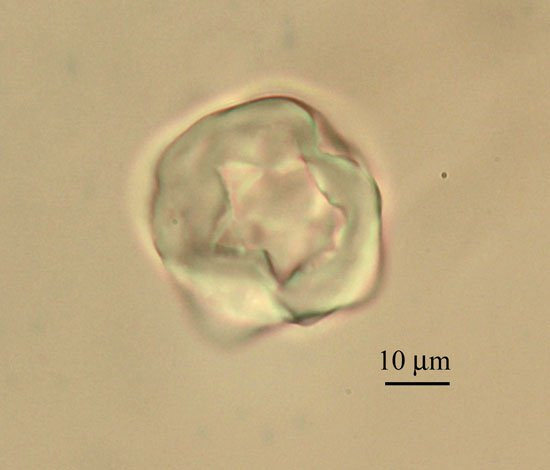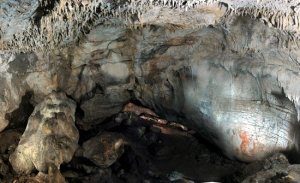
Researchers report early evidence of flour production by ancient humans. Recent interest in ancient diets has led to the collection of extensive data about the variety of plants eaten by early humans and ancient food processing capabilities. Marta Mariotti Lippi of the University of Florence and colleagues analyzed the residues from an ancient grinding tool to gain further insight into food processing practices of the Early Gravettian culture of ancient Europe. The tool was found in Grotta Paglicci in Southern Italy in 1989 and dates to more than 32,000 years ago. Residue samples from the tool contained a variety of starch grains, and the distribution of the starch grains on the tool surface supported the use of the tool for grinding grain into flour. The presence of swollen, gelatinized starch grains in the residues suggests that the plants were thermally treated before grinding. Such a treatment might have been necessary to accelerate plant drying during the Middle-Upper Paleolithic, when the climate was colder than at present. The most common starch grains in the residues appeared to come from oats, representing the oldest evidence to date of the processing of oats for human consumption. The findings suggest that the inhabitants of Grotta Paglicci may have been the earliest people to use a multi-step process in preparing plants for consumption.
___________________________________________
Interior of Grotta Paglicci, Italy, with wall paintings. Image courtesy of Stefano Ricci.
___________________________________________
Grinding stone from Grotta Paglicci, Italy. Image courtesy of Stefano Ricci.
_________________________________________________________
Swollen, gelatinized starch grain from the Paglicci grinding stone. Image courtesy of Marta Mariotti Lippi.
_____________________________________________________
The research* has been published in detail in the Proceedings of the National Academy of Sciences.
_____________________________________________________
“Multistep food plant processing at Grotta Paglicci (Southern Italy) around 32,600 cal B.P.,” by Marta Mariotti Lippi, Bruno Foggi, Biancamaria Aranguren, Annamaria Ronchitelli, and Anna Revedin. Proceedings of the National Academy of Sciences, 7 September 2015.
___________________________________________
In addition, the latest Popular Archaeology ebook is now available.
______________________________________________
Travel and learn with Far Horizons.
____________________________________________
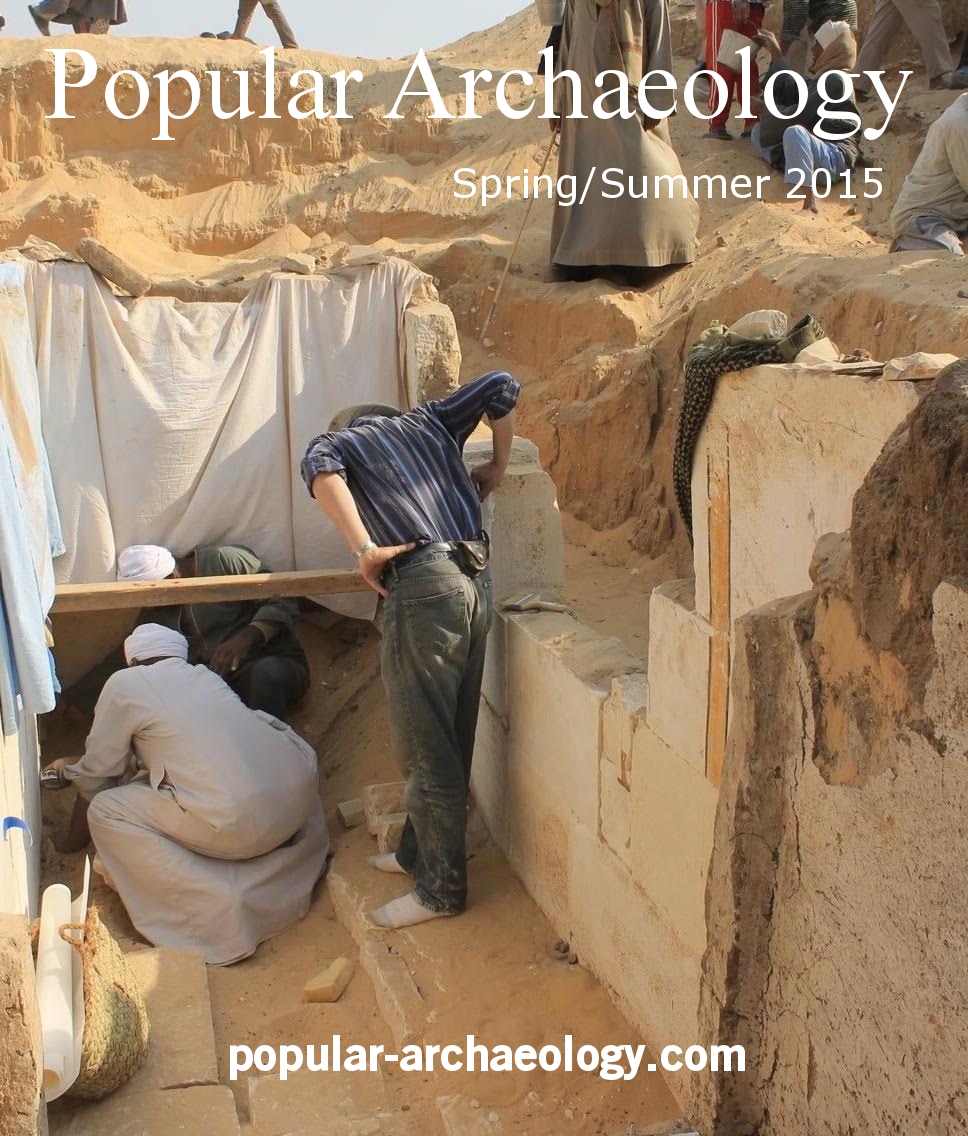 This richly illustrated ebook version of a recent Popular Archaeology issue includes the following stories: The discovery of the tomb of a previously unknown pharaoh that is shedding light on a lost ancient Egyptian dynasty; how genetics is revolutionizing what we know about human evolution and our prehistoric past; one scholar’s controversial ‘New Chronology’ and how it supports the historicity of the biblical Exodus; how archaeologists are unearthing new history in Williamsburg, Virginia, a seat of British colonial power in 18th century America; the discovery of the remains of a major Roman legionary base in Israel; the unearthing of an ancient Judean fortified settlement in the borderlands between the biblical kingdoms of ancient Judah and the Philistines; and how archaeologists are uncovering evidence of what may have been an important administrative center of Judah during the 8th century BCE. Now available from Amazon.com!
This richly illustrated ebook version of a recent Popular Archaeology issue includes the following stories: The discovery of the tomb of a previously unknown pharaoh that is shedding light on a lost ancient Egyptian dynasty; how genetics is revolutionizing what we know about human evolution and our prehistoric past; one scholar’s controversial ‘New Chronology’ and how it supports the historicity of the biblical Exodus; how archaeologists are unearthing new history in Williamsburg, Virginia, a seat of British colonial power in 18th century America; the discovery of the remains of a major Roman legionary base in Israel; the unearthing of an ancient Judean fortified settlement in the borderlands between the biblical kingdoms of ancient Judah and the Philistines; and how archaeologists are uncovering evidence of what may have been an important administrative center of Judah during the 8th century BCE. Now available from Amazon.com!
____________________________________________

